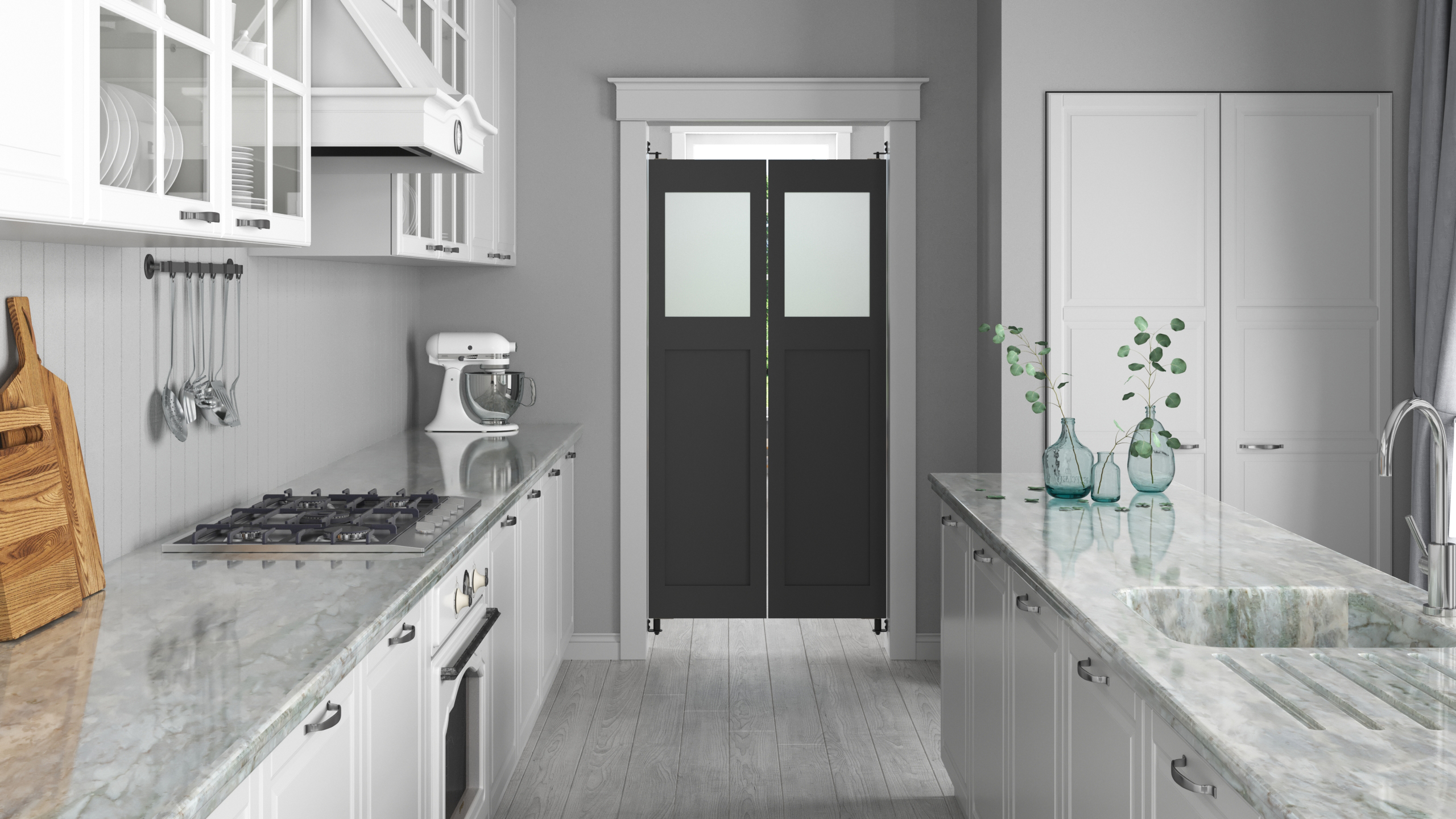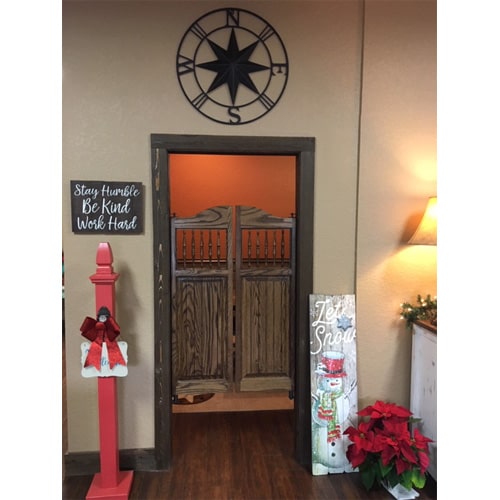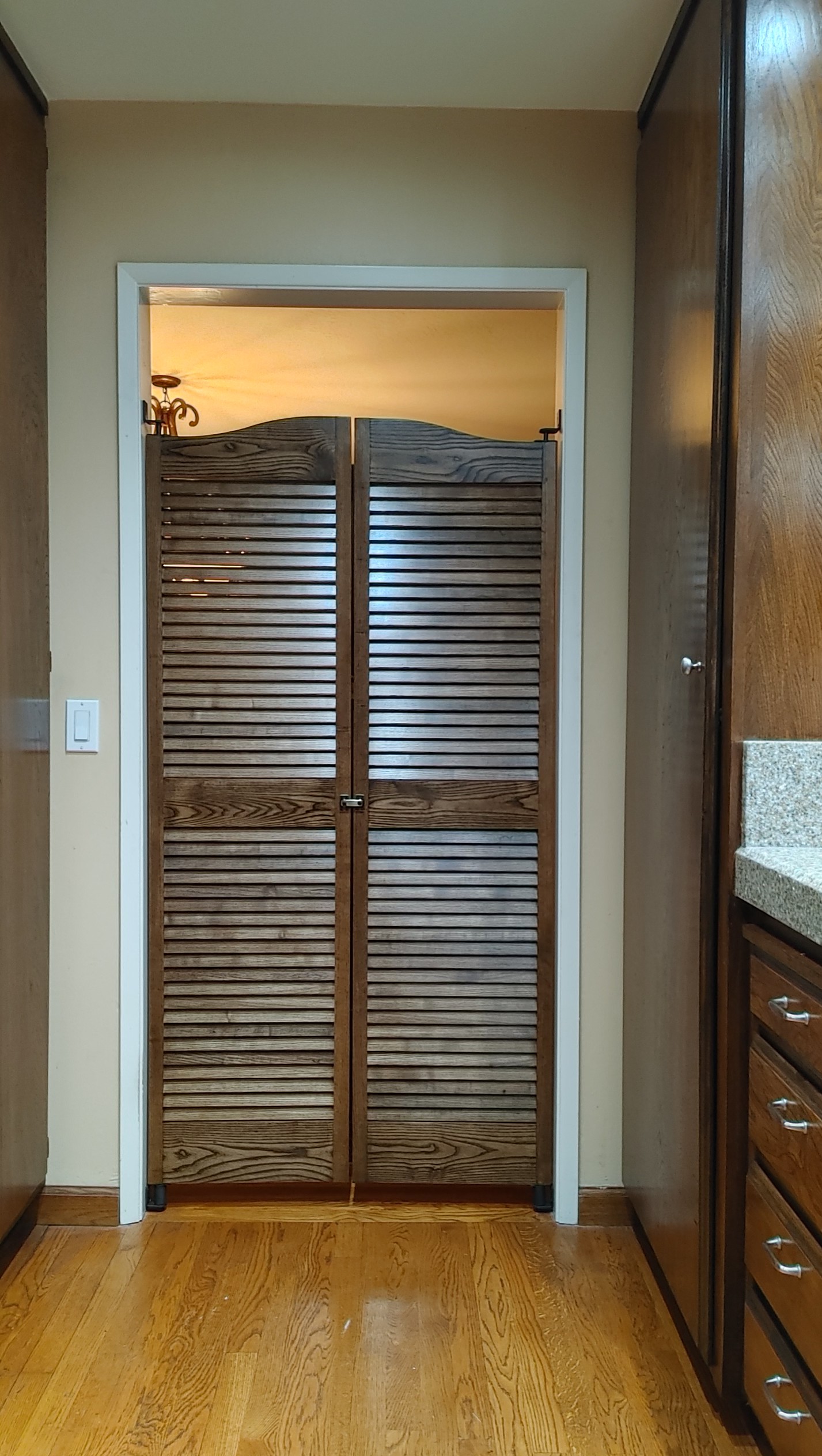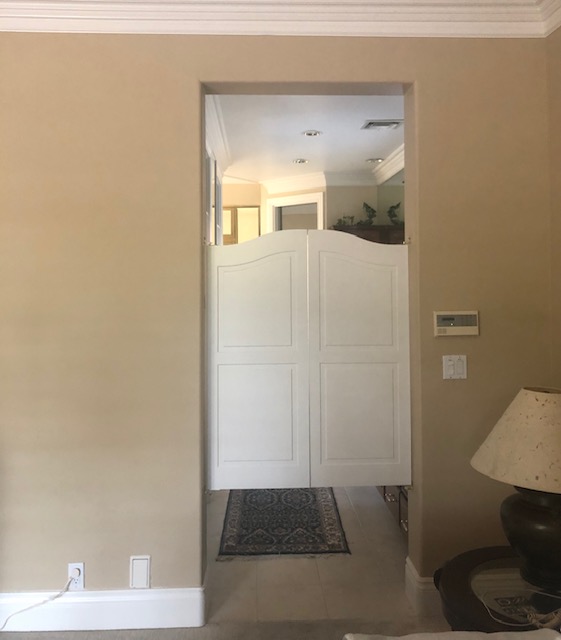
What Are Interior Doors? A Comprehensive Guide to Enhancing Your Home’s Aesthetics & Functionality
What Are Interior Doors? A Comprehensive Guide to Enhancing Your Home’s Aesthetics & Functionality

Introduction
Interior doors are more than just functional elements in a home; they play a significant role in defining the aesthetic and practical aspects of your living spaces. From providing privacy and noise reduction to contributing to the overall design theme, interior doors are essential components that deserve careful consideration. This blog will delve into what interior doors are, their types, and materials, and how to choose the right ones for your home.
What Are Interior Doors?

Interior doors are doors situated inside a building, serving various purposes such as separating rooms, providing privacy, reducing noise, and contributing to the interior design. Unlike exterior doors, which need to be sturdy and secure to protect against weather and intruders, interior doors focus more on functionality and aesthetics within the home.
Types of Interior Doors

Hinged Doors
Hinged doors are the most common type of interior door. They are attached to a door frame with hinges on one side and swing open and shut. They can be single or double doors, depending on the width of the opening.
Sliding Doors
Sliding doors move horizontally along a track and are ideal for spaces where a swinging door would take up too much room. They are commonly used for closets, bathrooms, and contemporary room dividers.
Pocket Doors
Pocket doors are a type of sliding door that disappears into a compartment in the adjacent wall when opened. They are excellent space savers and are often used in areas with limited floor space, such as bathrooms and small bedrooms.
French Doors
French doors consist of a pair of doors with glass panels that extend the full length. They add a touch of elegance and are often used to separate living spaces while allowing light to flow between rooms.
Bi-fold Doors
Bi-fold doors are made of two panels connected by hinges that fold back against each other. They are commonly used for closets, pantries, and laundry rooms, offering easy access without taking up much space.
Dutch Doors
Dutch doors are divided horizontally, allowing the top half to open independently from the bottom half. They are charming and practical, providing ventilation while keeping pets or children contained.
Materials Used for Interior Doors

Wood
Wood is a classic choice for interior doors, offering warmth and natural beauty. Solid wood doors are durable and can be stained or painted to match any decor. Common wood types include oak, maple, and pine.
MDF (Medium Density Fiberboard)
MDF doors are made from wood fibers and resin, providing a smooth surface that is ideal for painting. They are more affordable than solid wood doors and resist warping and cracking.
Glass
Glass doors can be fully transparent, frosted, or patterned, allowing light to pass through while maintaining privacy. They are often used in modern designs and areas where natural light is a priority.
Metal
Metal doors, often made from aluminum or steel, are sleek and modern, offering durability and a contemporary look. They are commonly used in industrial and minimalist interiors.
Composite
Composite doors are made from a combination of materials, such as wood, plastic, and resin. They are designed to be durable and resistant to moisture, making them suitable for bathrooms and kitchens.
Choosing the Right Interior Doors

Consider the Room’s Function
The function of the room should influence your choice of door. For example, a solid wood door may be ideal for a bedroom to ensure privacy and sound insulation, while a glass door might be better for a home office to let in light.
Match the Home’s Style
Your interior doors should complement the overall style of your home. Traditional homes might benefit from classic paneled doors, while modern homes might look best with sleek, minimalist designs.
Space and Layout
Consider the space available when choosing a door type. Sliding or pocket doors are great for small spaces where a swinging door would be impractical, while hinged doors are suitable for larger rooms.
Budget
Interior doors come in a wide range of prices, so it’s essential to choose doors that fit within your budget. While solid wood doors are more expensive, MDF or composite doors can provide a similar look at a lower cost.
Installation and Maintenance
Some doors are easier to install and maintain than others. For instance, pre-hung doors come with the frame and hinges already attached, simplifying installation. Additionally, consider the maintenance needs of the door material, especially in high-traffic areas.
Conclusion
Interior doors are crucial elements that impact both the functionality and aesthetic appeal of your home. By understanding the different types, materials, and considerations for choosing the right doors, you can make informed decisions that enhance your living spaces. Whether you prefer the classic charm of wooden doors or the sleek modernity of glass and metal, the right interior doors can transform your home into a more comfortable, stylish, and functional environment.
